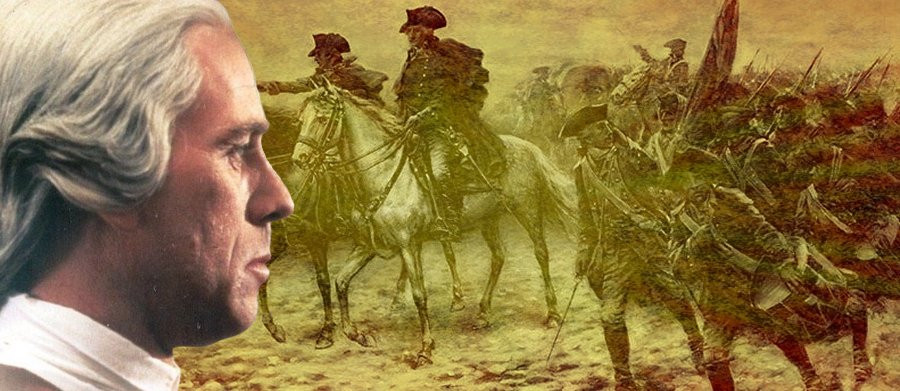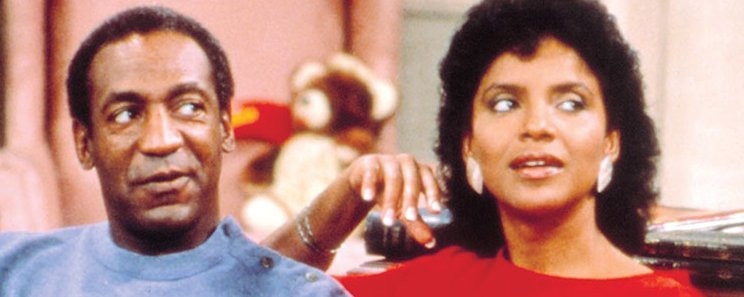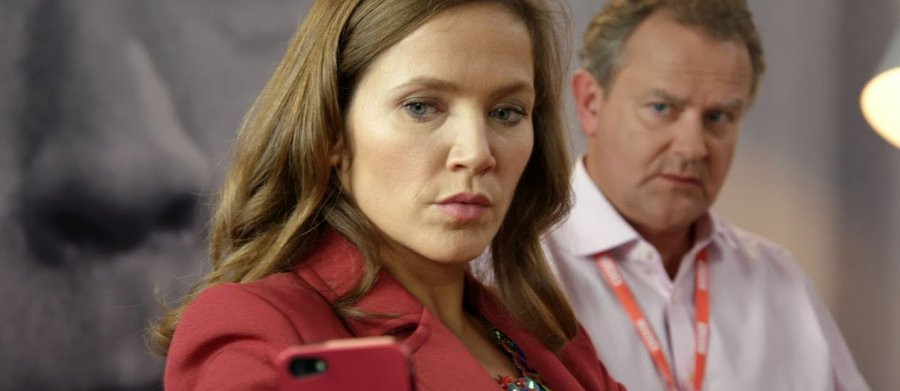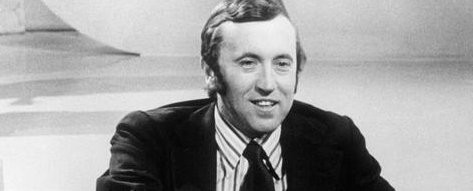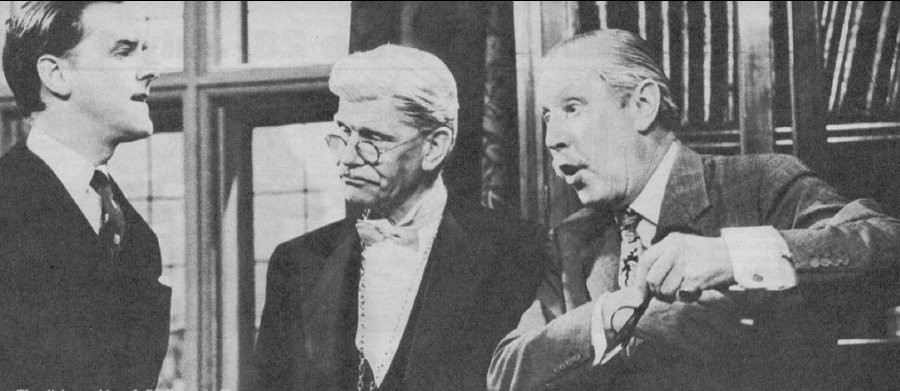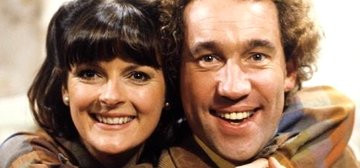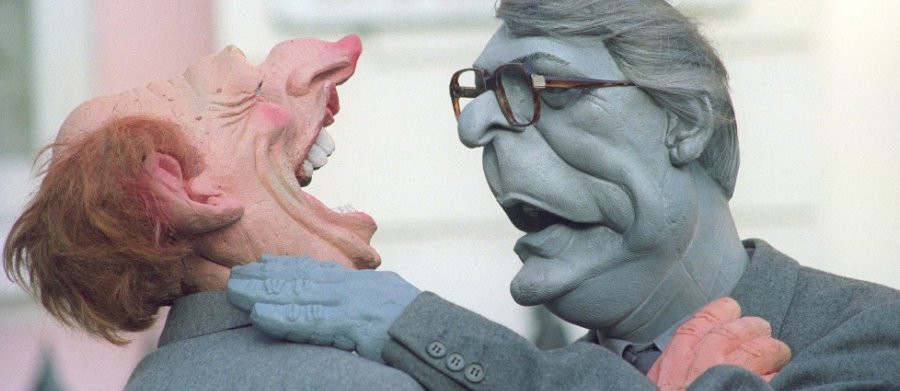
Spitting Image
1984 - United KingdomReview: Brian Slade
In a world where biting satire is largely confined to secondary channels like BBC2 and Channel 4, it’s rare to find a programme that connects with the mainstream. In 1984, ITV struck gold when they transmitted satirical puppet show Spitting Image. It would go on to make celebrities out of politicians, have a song at the top of the charts and become a guaranteed talking point for Monday mornings at schools and offices up and down the country.
Sunday evenings in the 1980s seemed to bring a gentler choice of television viewing. Having rocked us in our armchairs with Songs of Praise, various antiques programmes and one of the more sedate sitcoms, it was all wrapped up with the BBC’s magazine programme That’s Life, mixing heart-breaking appeals and stories of industrial incompetence with oddly shaped vegetables and dubiously worded road signs. Safe to say, Sunday evenings were not where one expected to place arguably the most powerful satirical programme since the days of David Frost.
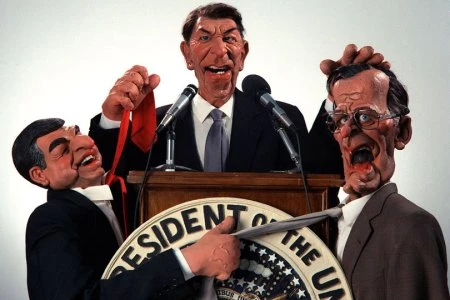
There had always been a certain element of classism around satirical programmes, the perception being that it was not meant for the tabloid masses. Spitting Image changed all of that. Armed with a budget of around £60,000, an extortionate amount at the time for a show of its genre, the pilot episode of Spitting Image burst onto the screens at a time when the nation was divided. Margaret Thatcher had swept to power off the back of the Falklands War, but she left very few people sat on the fence as to their opinions of her.
Peter Fluck and Roger Law created the foam puppets that over the next twelve years would become as famous, if not more so, than those they were intended to lampoon. The early shows struggled to find an audience, so much so that the programme was nearly axed, but a change of writers after series one helped it recover and it swiftly became compulsive viewing.
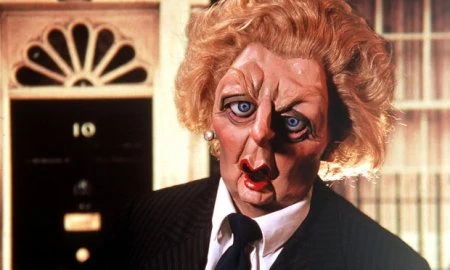
Much of the early focus was put upon Thatcher’s government. Aside from the tyrannical rule Thatcher herself was depicted as employing, her cabinet were all given extreme caricature versions of themselves. Norman Tebbitt, leather jacket and night stick in hand, was depicted as an aggressively intolerant figure, Nigel Lawson was permanently eating and the likes of Douglas Hurd, Geoffrey Howe and Leon Brittan all took their place. It’s hard to imagine now that many people could name more than a few cabinet ministers of modern government, but rightly or wrongly, Spitting Image made each and every one of Thatcher’s cabinet a household name.
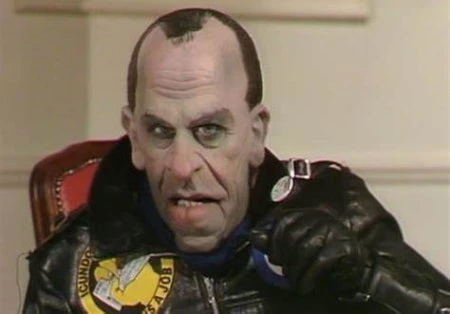
Of course, notoriety is not always desirable. Spitting Image didn’t solely aim its shots at the government. Significant political figures and foes like Neil Kinnock, Arthur Scargill, David Owen and David Steel took their turn at being ridiculed. For Steel it was deemed to have been a particularly damaging depiction. A smaller puppet, clutching his teddy bear in a bed that he is shown as sharing with SDP leader David Owen, the Liberal/SDP Alliance cannot have been helped by the depiction of their two leaders. During much of the show, Steel is placed in Owen’s breast pocket and the ridicule from the programme’s approach did nothing to battle public perception of the combined political party they represented.
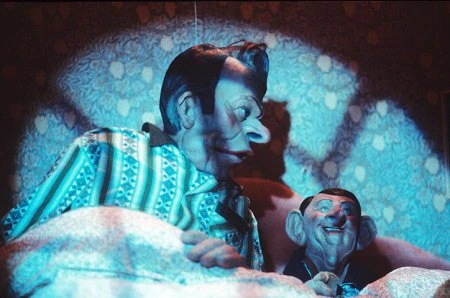
As popular as the political satire was, nobody was safe. Ronald Reagan was still in charge of the US and was a goldmine for the show’s writers as he stumbled his way through the later years of his presidency. And of course, the Royal Family were a regular feature that no episode of Spitting Image could be without, and here too, the Duke of Edinburgh was a regular feed for his latex alter ego.
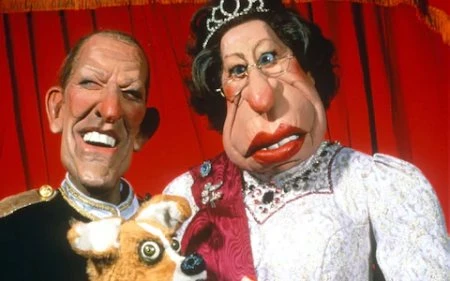
Celebrities weren’t spared either. Popular entertainers were regularly given less than flattering puppet equivalents, to the point where if you didn’t have a Spitting Image puppet, your careers hadn’t achieved enough. Barry Norman decried that, ‘if you were in the public eye, and you weren’t on it, it was bad news.’
The programme was so successful that it spurned a number one single in the form of the absurd, but catchy ‘The Chicken Song.’ The intention was to simply create a nonsensical mimic of the upbeat summer hits that created the earworm effect. It ended up proving its point as it hit the top of the charts and drove even its own writers to the brink!
Spitting Imagehad remarkable power. It broke new ground and reached new audiences with its brutal satire and it got away with things that would simply not be tolerated today. Few can forget Margaret Thatcher asking a hair-dresser to give her a style that would be ‘universally popular,’ which was swiftly followed by the salon staff slicing her head off. A 30 second sketch which went down in history, but would never make it to air in modern times.
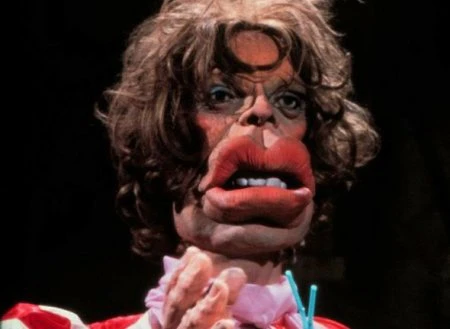
As Spitting Imageblossomed, hitting the 15 million viewer mark – remarkable given its late Sunday evening slot – it became clear that it was dependent on seeing enough character in the world around it to continue to be successful. By the mid-1990s this had become a problem. Political and public figures were so much more in tune with the impact their image and actions could have that everything they did became watered down, planned and rehearsed. The arrival of John Major after Thatcher’s demise signalled the show even lambasting him for his dullness, his puppet permanently in grey and depicting the highlight of his dinner conversation being the quality of the peas on his plate. It was a rather prophetic depiction as Major’s successors, as with those in the Labour and Liberal Democrats, became all too polished and characterless to offer much material to keep the programme afloat.
Viewing figures declined and the puppets of Spitting Image were put out to grass. The programme had been a one-off, and it boasted an array of talented writers and performers during its 12 years on screen. The likes of Harry Enfield, Alistair McGowan, Steve Coogan, Rory Bremner, Phil Cool, John Culshaw and John Sessions were just a selection of the future star names that had brought satire to the masses in a manner that hasn’t been reflected since. Whether there would ever be room for such a programme now in the era of Donald Trump and Boris Johnson is questionable. They may offer more material than some of their predecessors, but with the 24x7 saturation coverage the news now garners, anything satirical has been written, depicted and shared across the internet by almost anybody who wants to within seconds.
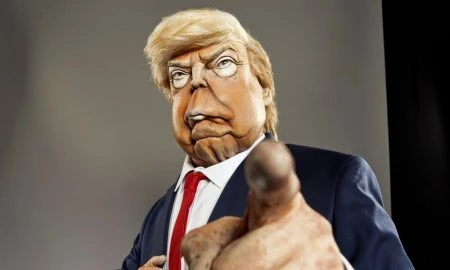
Despite the changing times, Spitting Image is remembered fondly. As with any satire, sometimes it went too far but in general, it provided a nation with light relief during a somewhat tumultuous political period, and offered a vehicle for a new generation of comedians and writers. It was of its time, ground-breaking and yet potentially career-ending for some of its targets. But above all else, it was just plain funny.
Seen this show? How do you rate it?
Seen this show? How do you rate it?
Published on February 16th, 2020. Written by Brian Slade for Television Heaven.


